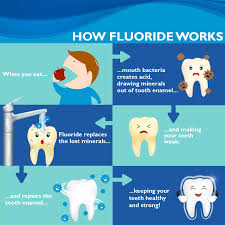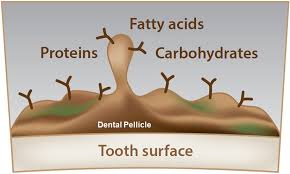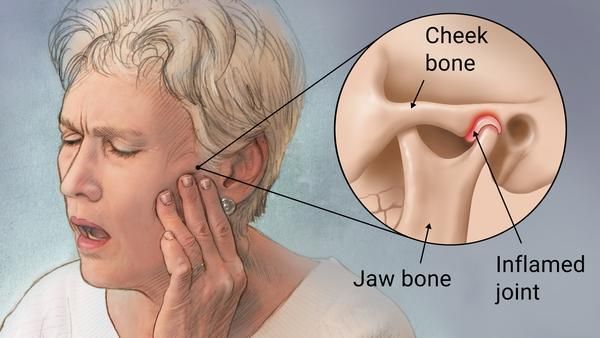Water fluoridation is the process of adjusting the natural fluoride concentration in public water supplies to a level that helps prevent tooth decay. Since its introduction in the 20th century, it has been widely adopted in many countries as a public health measure. While proponents argue that fluoridation significantly reduces dental decay and cavities, critics raise concerns about potential health risks and ethical issues.
Benefits of Water Fluoridation
Prevention of Tooth Decay: The primary benefit of water fluoridation is its ability to reduce dental decay, especially in children. Fluoride strengthens tooth enamel, making it more resistant to acid attacks from bacteria and sugars in the mouth. Studies by the Centers for Disease Control and Prevention show that fluoridation reduces tooth decay by about 25%.
Cost-Effective Public Health Measure: Fluoridation is a low-cost method of improving dental health across entire populations. The CDC has named it one of the top ten great public health achievements of the 20th century because it benefits all socioeconomic groups, particularly those with limited access to dental care. Since fluoridated water reaches everyone who uses the public water supply, it helps reduce disparities in oral health between rich and poor communities. This is especially important in areas where dental care is expensive or inaccessible.
Controversies and Criticisms
Potential Health Risks: Opponents of fluoridation argue that excessive fluoride intake may lead to health problems, including:
Dental Fluorosis: It is a cosmetic condition causing white spots or streaks on teeth. It occurs due to excessive Fluoride exposure during childhood.
Skeletal Fluorosis: A rare bone disease caused by very high fluoride levels over many years, though this is more common in areas with naturally high fluoride concentrations.
Neurological Concerns: Some studies suggest a possible link between high fluoride exposure and lower IQ, but research remains inconclusive.
Ethical and Legal Issues: Critics argue that water fluoridation is a form of mass medication without individual consent. Since people cannot opt out if they use public water, some view it as a violation of personal freedom. With the widespread availability of fluoride toothpaste and dental treatments, some argue that adding fluoride to water is unnecessary. They suggest that individuals should have the choice to use fluoride products rather than being exposed involuntarily.
Recommended amount of Fluoride
Water fluoridation in recommended doses doesn’t cause any problem. Therefore, most major health organizations; World Health Organization, International Dental Federation, American Dental Association, and the CDC, support water fluoridation at optimal levels as safe and effective. However, they also recommend monitoring fluoride intake from other sources to prevent overexposure.
Fluoride levels can range from 0.1 to over 4.0 mg/L (milligrams per liter), depending on the region. The recommended level for artificial fluoridation in public water supplies is 0.7 mg/L in many countries. The World Health Organization recommends a maximum of 1.5 mg/L to prevent fluorosis while still benefiting dental health.
Fluoride in drinking water doesn’t harm your health because Fluoride is already present in bones and teeth, and the body can tolerate small amounts safely. The concentration of Fluoride in drinking water is maintained at a level that strengthens teeth and reduces cavities without causing toxicity. Fluoride toxicity occurs only if consumed in large amounts i.e. above 4.0 mg/L over long periods. The kidneys however, efficiently filter out excess Fluoride, preventing buildup in the body.






